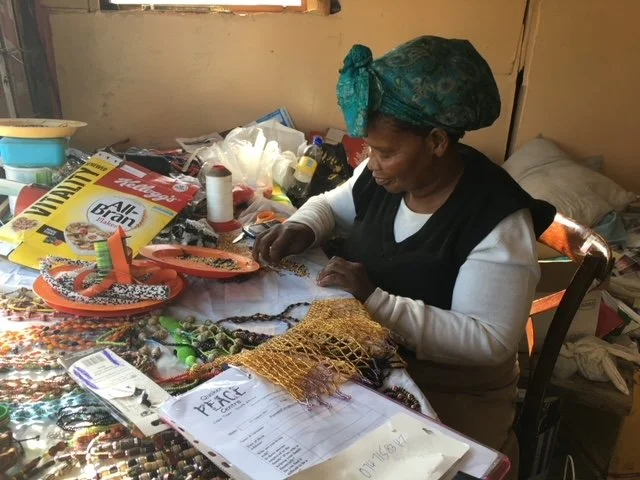
What is A Micro-Loan?
IInternational aid is a great idea, in theory: large donations allow for the redistribution of wealth worldwide, global alliances, and the financial resources that developing countries need to establish infrastructure and ensure basic security and subsistence rights for their citizenries.
The problem with this form of aid is that these cash infusions do not fundamentally change the structure or long-term prospects of markets within recipient countries. This means that when the aid money runs out, local economies generally return to their prior steady state. Development economists call this observation the Solow growth problem of foreign aid. Individuals living in poverty within recipient countries call it a failure of the system. As observed by Roshaneh Zafar, a micro-financier formerly employed at the World Bank, in Nick Kristof and Sheryl Wu-Dunn’s book Half the Sky, “[Providing foreign aid] was like screaming against the wind. Everywhere we went, we would tell people to use better hygiene. And they would say: ‘You think we’re stupid? If we had money, we would.’ I wondered what we were doing wrong. We had megamillion-dollar projects, but the money never got down to the villages.” In short, international aid almost never actually reaches the individuals who need it most.
Micro-loans are a solution to this problem. Pioneered by Professor Muhammad Yunus, who subsequently won the 2006 Nobel Peace Prize for his work, micro-loan systems lend small amounts of money (typically less than $100) to groups of individuals living in developing communities. These members guarantee each other’s debts and make regular payments to communal funds. Micro-loan programs are almost exclusively organized with female participants, because women are more likely to invest in their children’s health and education, and other initiatives that benefit society on the whole. Ultimately, micro-loans hold the potential to empower developing communities from the ground up by strengthening local economies and ensuring that crucial funds are distributed to individuals who can extract the greatest dollar-to-dollar benefit while learning important life skills.
Pay It Forward
Our idea is to continuously invest in the community. Initial capital is invested in each mother. Once the mother has completed the micro-financing internship, she will be paired with partners in the market place with secured demand. Once she has saved the initial investment, she will nominate another mother to go through the program.
